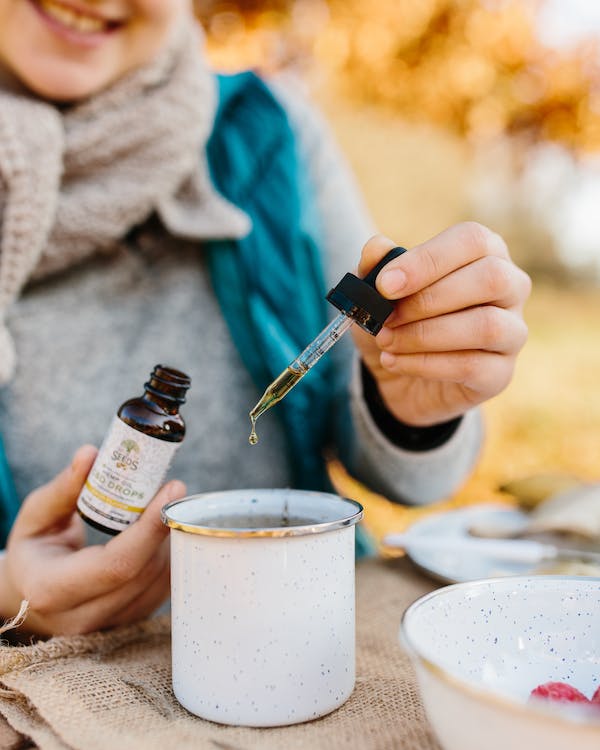As responsible pet owners, it is our duty to ensure the health and well-being of our furry friends. One common issue that dog owners may encounter is an injured toenail. If you find yourself in a situation where your dog’s toenail is injured, it’s important to take the appropriate steps to address the issue promptly and effectively. In this comprehensive guide, we will provide you with valuable insights and actionable steps to help you care for your dog’s injured toenail and promote their healing and comfort.
Assessing the Injury:
The first step in dealing with an injured toenail is to assess the severity of the injury. Carefully examine your dog’s paw and look for signs of bleeding, swelling, or visible damage to the nail. If your dog is in pain or reluctant to put weight on the affected paw, it is crucial to handle the situation with care and seek veterinary attention if necessary.
Home Care for Minor Injuries:
If the injury is minor and doesn’t require immediate veterinary intervention, you can provide first aid at home. Start by gently cleaning the area with a mild antiseptic solution to prevent infection. If there is bleeding, apply gentle pressure using a clean cloth or sterile gauze for a few minutes until it stops. For added protection and to prevent further damage, you can carefully trim the damaged portion of the nail using pet nail clippers or a file.
Treating a Broken or Split Nail:
In some cases, the toenail may be broken or split, causing pain and discomfort for your dog. If you notice a broken or split nail, it’s important to keep the area clean and protected. Avoid trimming or pulling on the loose portion of the nail, as this can cause further pain and potential complications. Instead, gently wrap the injured paw with a clean cloth or use a dog-specific bootie to prevent your dog from further injuring the nail while it heals.
Managing Bleeding:
If the injured toenail is bleeding, it’s essential to address the bleeding promptly. Applying gentle pressure with a clean cloth or sterile gauze can help stop the bleeding. You can also try using styptic powder or a styptic pencil, which can aid in clotting and stop bleeding. If the bleeding persists or is severe, it is advisable to seek veterinary attention to ensure proper care and prevent complications.
Seeking Veterinary Care:
While minor nail injuries can often be managed at home, some situations require professional veterinary care. If the injury is severe, such as a deeply embedded foreign object, a torn or completely detached nail, or excessive bleeding, it is crucial to seek immediate veterinary attention. A veterinarian can provide the appropriate treatment, including pain management, wound cleaning, and potential nail removal if necessary.
Preventing Future Injuries:
To prevent future toenail injuries, it is important to ensure that your dog’s nails are properly trimmed and maintained. Regular nail trims help prevent overgrowth, which can lead to nail splitting or snagging. If you are unsure how to trim your dog’s nails correctly, consult with a professional groomer or veterinarian who can demonstrate the proper technique.
 Conclusion:
Conclusion:
Injuries to your dog’s toenails can be a distressing experience, but by following the appropriate steps, you can provide the necessary care for their recovery. Assess the severity of the injury, provide home care for minor injuries, and seek veterinary attention for more severe cases. Remember to keep the area clean, manage bleeding effectively, and prevent future injuries through regular nail maintenance. By taking prompt action and providing proper care, you can ensure your dog’s comfort, promote healing, and prevent complications associated with injured toenails.


